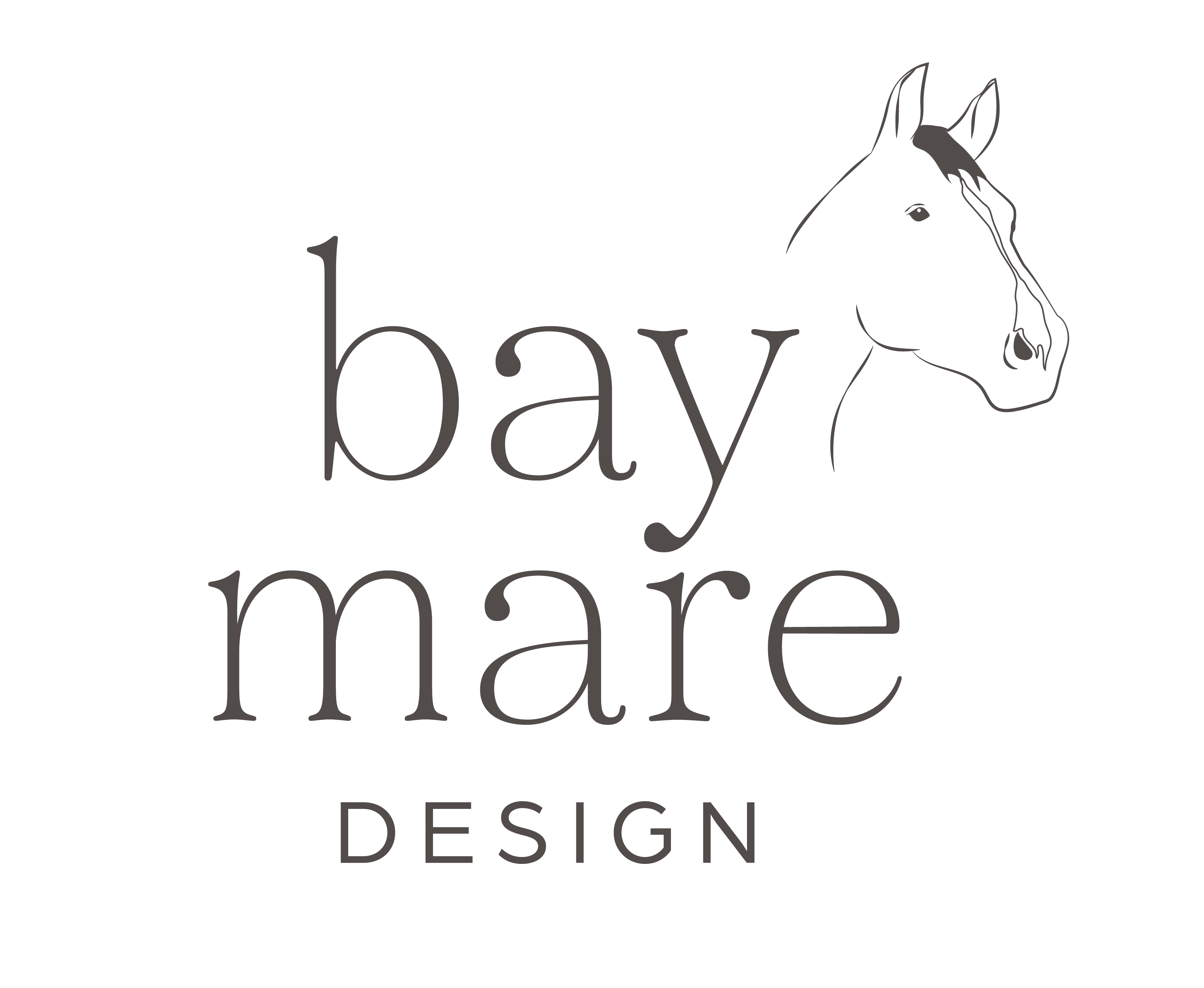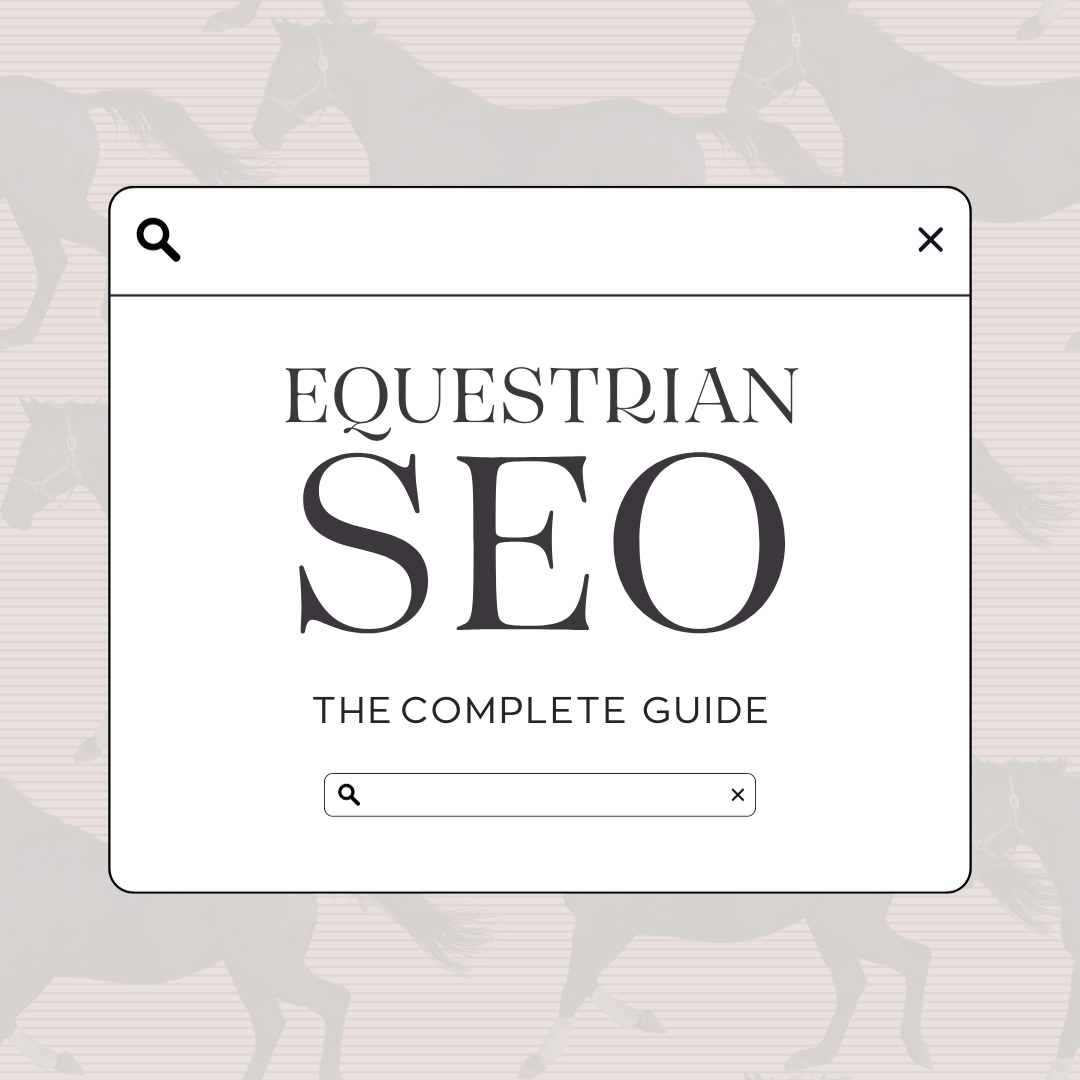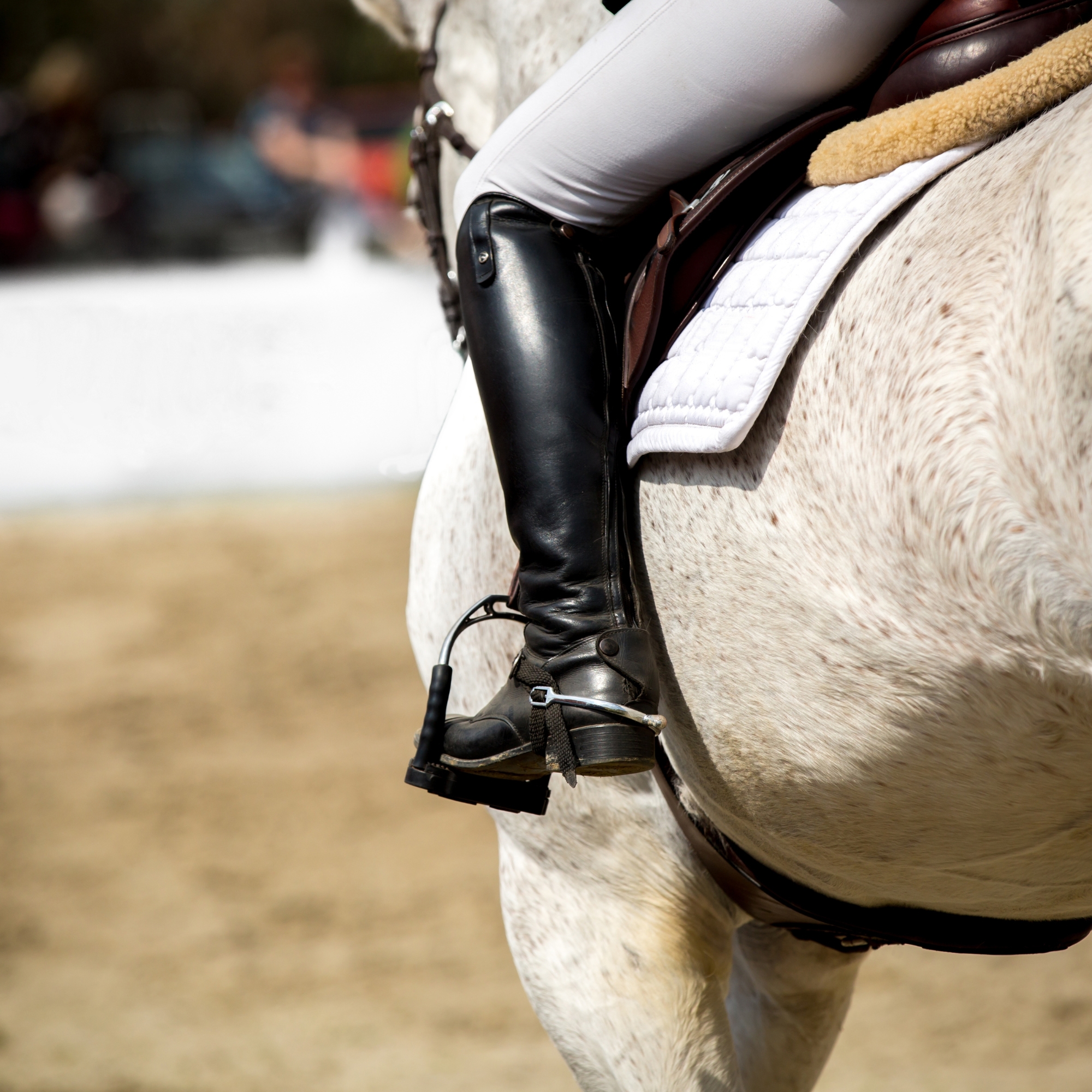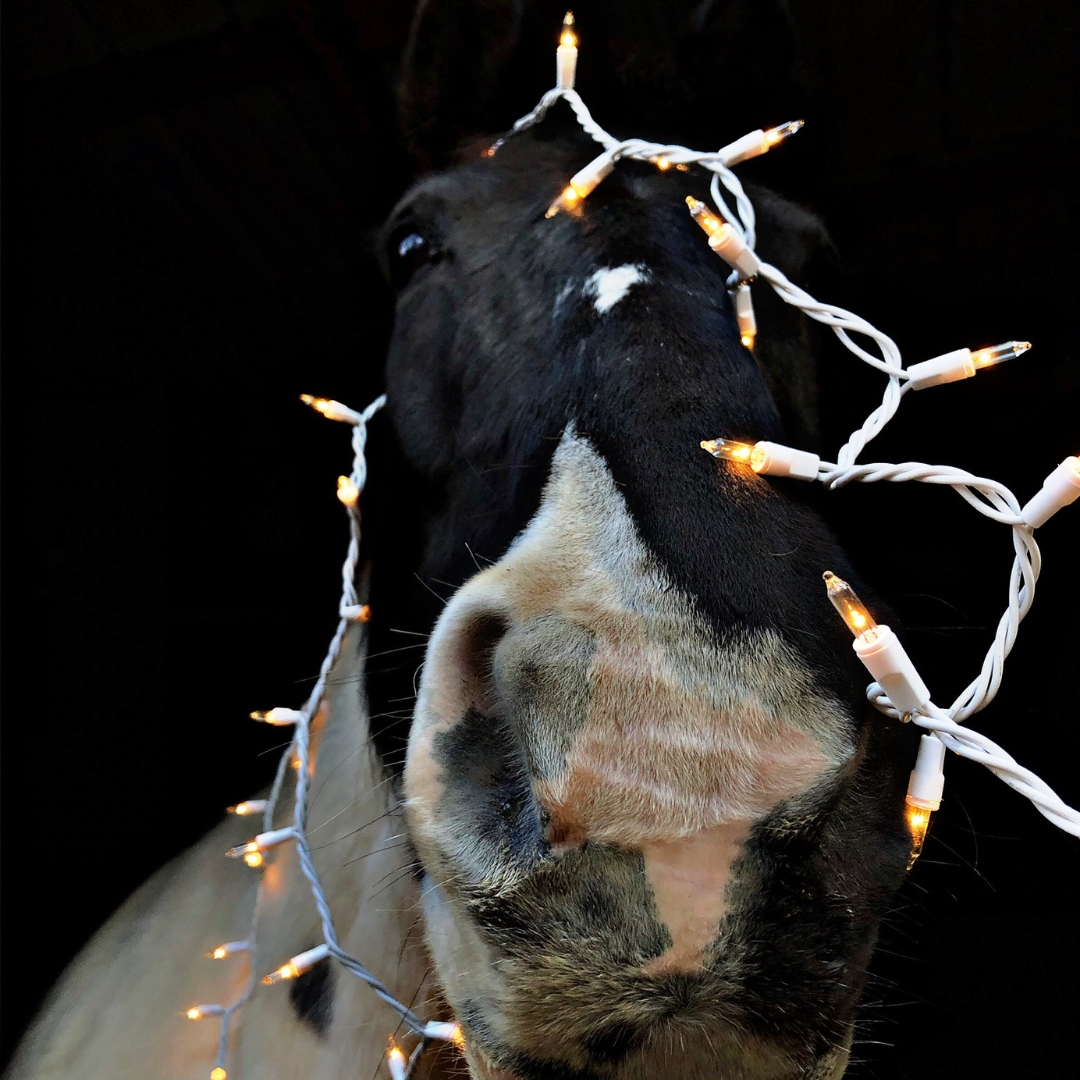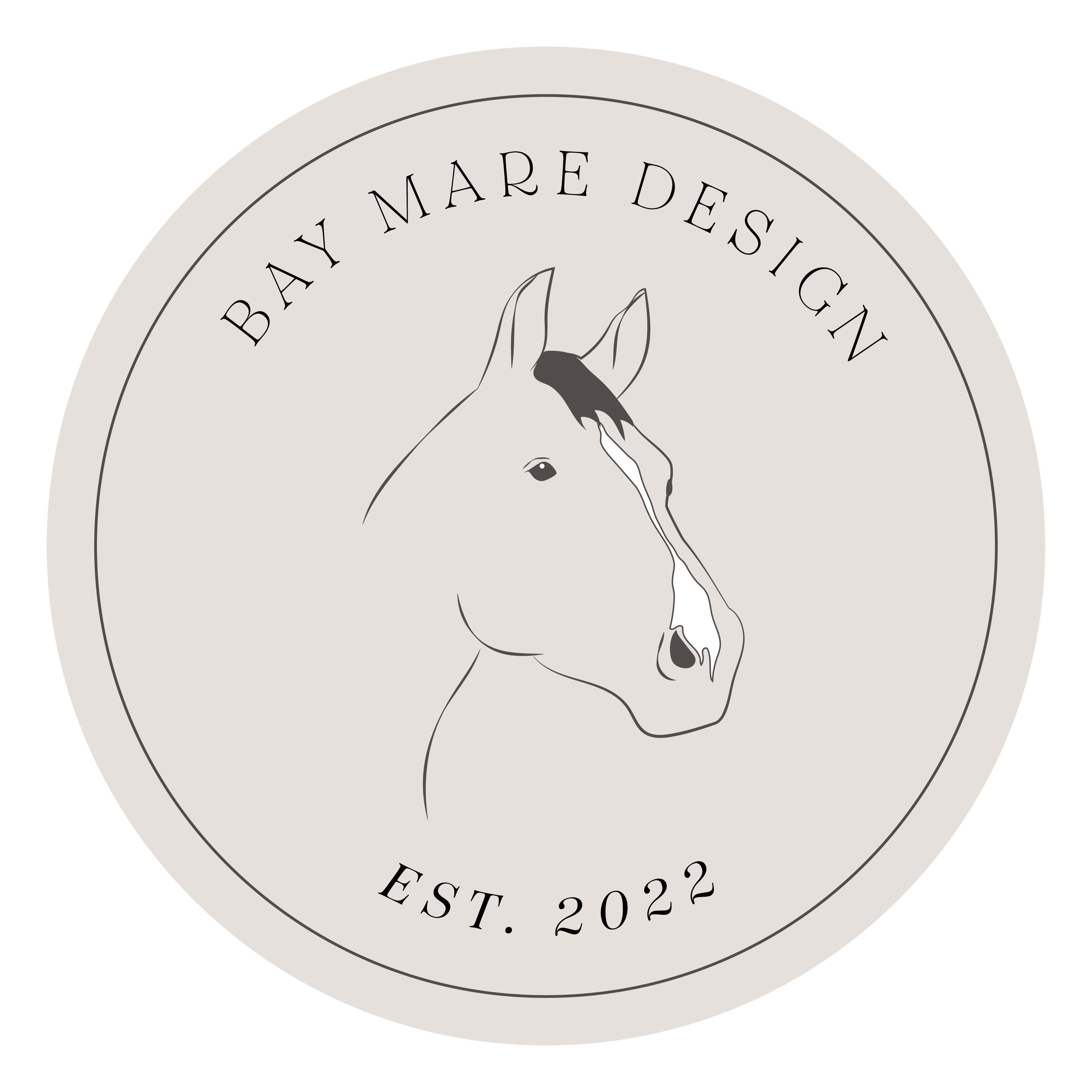The internet has changed how we communicate, shop, learn, and play. It also affects how people search for information online. Search engine optimization (SEO) helps websites appear higher in search results when someone searches for something related to that website. Equestrian SEO is especially beneficial, as it helps increase the chance of new clients finding you.
Table of Contents
How to Optimize Your Equine Website for Search Engines
If you’re hoping to improve your equestrian website’s visibility online, then you need to understand what SEO is and how it works. To give you a basic understanding, equestrian SEO is the technique of optimizing a website specifically for search engines like Google or Yahoo. These search engines regularly crawl a website to get a better understanding of the type of content it features. Search engines then take their results, and serve it to their users under certain keywords.
When you optimize your website for search engines, you are telling the search engine to serve up your content under specific keywords. You can do this through a variety of different techniques, including keyword research and on-page optimization.
Research Keywords for Your Equine Business
When you begin to research keywords for SEO, it’s important to think of your target audience and the search terms they will use. When starting equestrian SEO, it can be tempting to choose words that describe our business in technical terms. This isn’t always the best practice. There are a few different ways you can complete keyword research.


Use an Online Tool
One of the easiest ways to complete your equestrian SEO keyword research is to use a free online tool. There are many available, but one of my favorites is Ubersuggest. This is a free, easy to use tool that will help you browse through keywords and give you suggestions based on your website’s current content. Ubersuggest also offers a paid plan, which allows you to track different projects and view analytics.
Browse Search Engines
If you don’t want to sign up for a free tool, you can use the auto-complete feature on search engines like Google. You can do this by going to Google and beginning to type a word related to equestrian SEO. The search bar will automatically provide you with suggestions of things other people have searched for. This can be a handy technique if you already have a general idea of the keywords you want to use.
Ask Your Target Audience
When in doubt, just ask your target audience! The easiest way to do this is through social media. If you already have a following, reach out to them directly and ask them what they would use to search for different products or services that you offer. In most cases, members from your audience will be happy to offer answers (as long as it doesn’t require too much work). Make sure you keep track of the answers you’re given.
Keep Track of Your Keywords
After you’ve gone through the trouble of researching your keywords, you want to make sure you save them in a safe place. You can choose to keep them in a Google Doc or Sheet, or you can write them down on a piece of paper. I’ll typically save my keywords in my Ubersuggest project – that way I can keep track of them for future reference.
Create Quality Content Around Your Keywords
An important part of equestrian SEO is quality content. You can do all the keyword research in the world and it won’t be effective without high caliber content. The best way to come up with content for your site? Write information you’re passionate about. Assuming your equine business is centered around an industry niche you love, this shouldn’t be too difficult.
Research Topics Your Audience Finds Helpful
Before writing your first article, you should spend some time researching different topics. You can do this by typing your chosen keyword into Google to see what other content comes up. In some cases, Google may also supply you with some questions related to the keyword in question. These will appear towards the top of your Google search results. Take these questions and form a topic around the answer.
Tip: Use Social Media as a Tool
An alternative to Google searching is social media. Head to your favorite social media platform to see what types of questions your target audience has about the keyword or topic in question. Try searching a hashtag to see what comes up, or posting a poll on your Instagram story. You can also go back through questions that previous customers or clients have asked you to determine if you can create a topic around those.
Make Sure Your Word Count is Sufficient
Once you’ve found your topic, you can get started writing it. It’s important to make sure that you’re addressing the topic with the proper amount of words. The word count will vary based on your topic. For example, a complete guide around how to choose your first horse will probably have a significantly higher word count than an article about how to dress for your first riding lesson.
Optimize Your Content Before Publishing It
Now that you’ve taken the time to research and create fantastic content, you get to post it to your website. Before you click the publish button, it’s important to make sure you’ve optimized it for the keyword. The options you have for this will depend on the website platform you’re using.
Using WordPress to Optimize equestrian seo
WordPress offers a variety of different plugins that will help you optimize your content. My personal favorite (and the one I use on my own site) is YoastSEO. This plugin is free with a paid upgrade option. I use the free version, and have had great experiences with it so far. When you use YoastSEO, it will allow you to select a focus keyword for each piece of content you post on your site. After you enter your keyword, it will prompt you to make changes based on the text you’ve added. Simply follow the suggestions to optimize your posts!
Using Squarespace to Optimize for SEO
Squarespace doesn’t offer the same flexibility that WordPress does when it comes to SEO plugins. It does, however, provide you with native options to edit the metadata. When you’re optimizing your equestrian SEO on Squarespace, it’s important to add text into the Title and Description sections.
If you want to learn more about the differences between WordPress and Squarespace, check out this blog post: WordPress vs. Squarespace: The Real Difference.
Add Internal and External Links to Your Posts
Creating links within your website is an important part of equestrian SEO. When you link to other pages, you’re basically sharing authority. There are two different types of links that you’ll want to use in your SEO content: internal and external.
Internal Links
Internal links are those that link to another page on your website. These can include links to your contact page, your services page, or another blog post that is relevant to what you’re talking about. In addition to linking to other pages from your content, it’s also important that you include links from other content on your website. For example, a blog post about horse training tips should link back to a services page describing your available training packages. Your services page should then also include a link to your blog post about said training tips.
External Links
You may have already guessed this, but an external link is one that goes to a different website on the internet. While external links aren’t ideal for site traffic, they are essential when it comes to building the SEO for your equine business. Try to include at least one external link within your content – but have the link open in a new window. If you’re using WordPress, there will be an option to “open the link in a new window” right on the editor.
Include Images with Alt Tags
You’re just about finished with creating and curating your SEO content – congratulations! The last step is to include relevant images with appropriate alt tags. You should include at least one image, but always strive for more if it will help provide value to your readers. When you add images, make sure to complete the “Alt Tag”. The best piece of advice around your alt tag is to describe the image while including your targeted keywords.
Final Thoughts on Equestrian SEO
When you follow these tips on equestrian SEO, you’ll be setting your website up for success (and great rankings). It is important to say that any SEO plan will take time to show its value. Search engines won’t necessarily move your content to the top of page one within the first week of the post date. Instead of getting discouraged, I would encourage you to keep at it. Do your best to create high quality content that just happens to be optimized for search engines – and you’ll see results.
Contact Me for More Help
If you have questions about equestrian SEO, or you want to discuss a paid package, get in touch with me. I’m happy to spend some time answering your questions or providing a quote for services. Simply reach out to me using my contact form and we’ll get your free 30 minute consultation scheduled.
